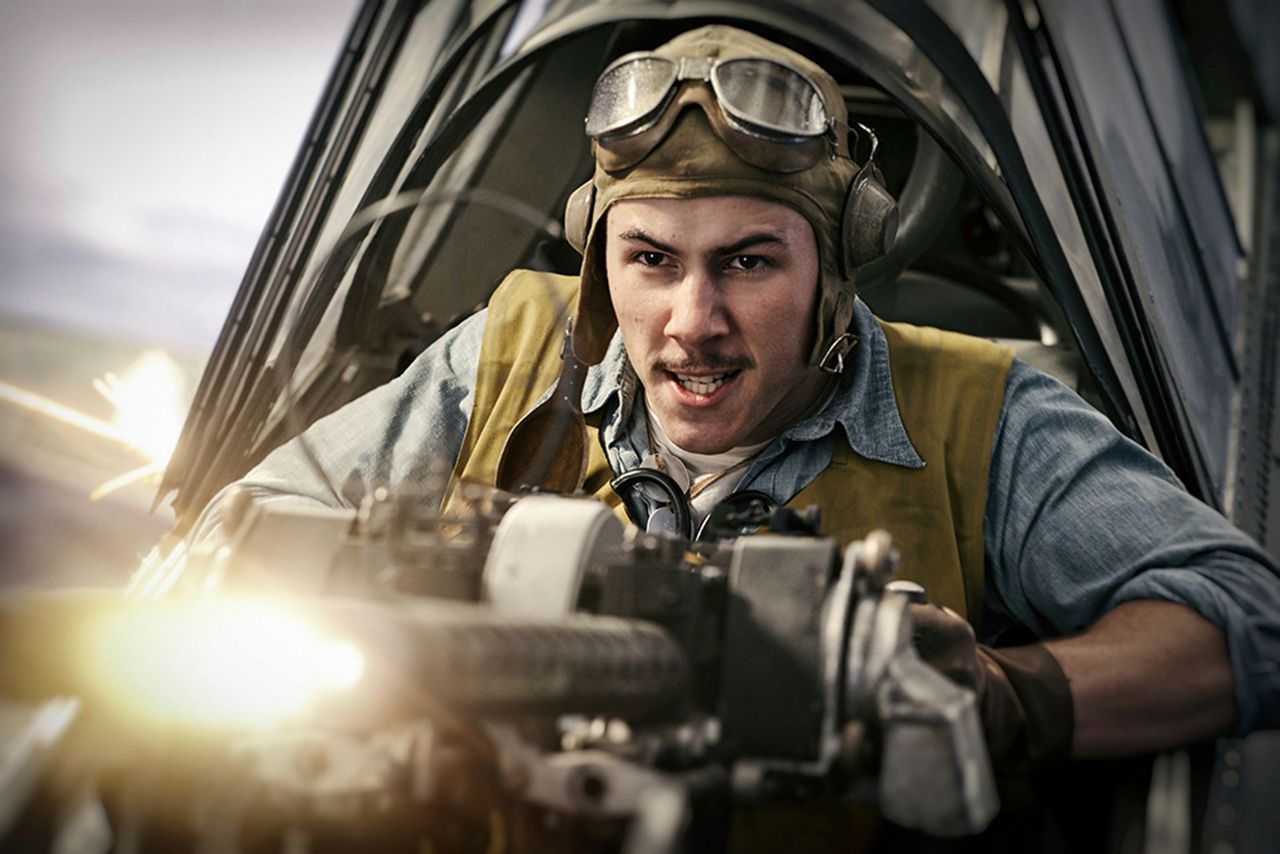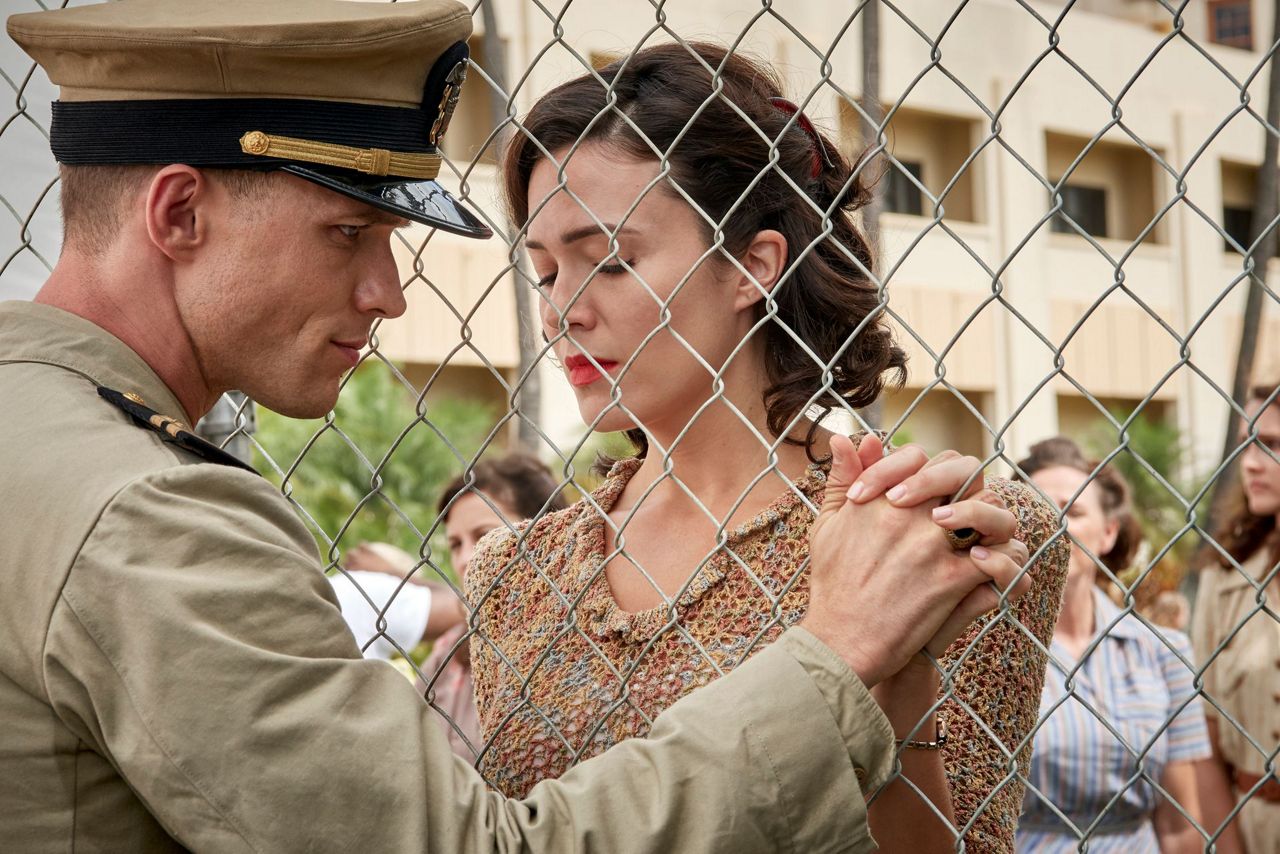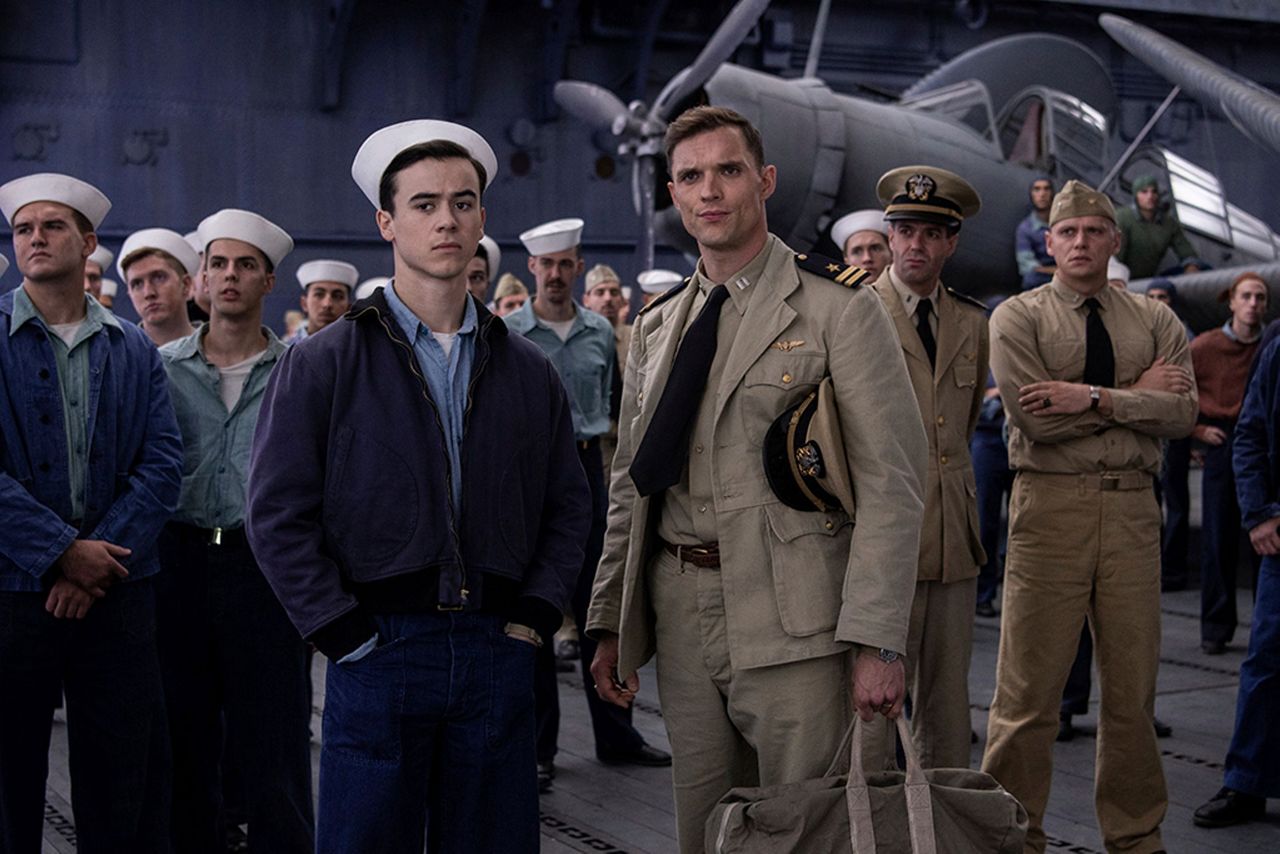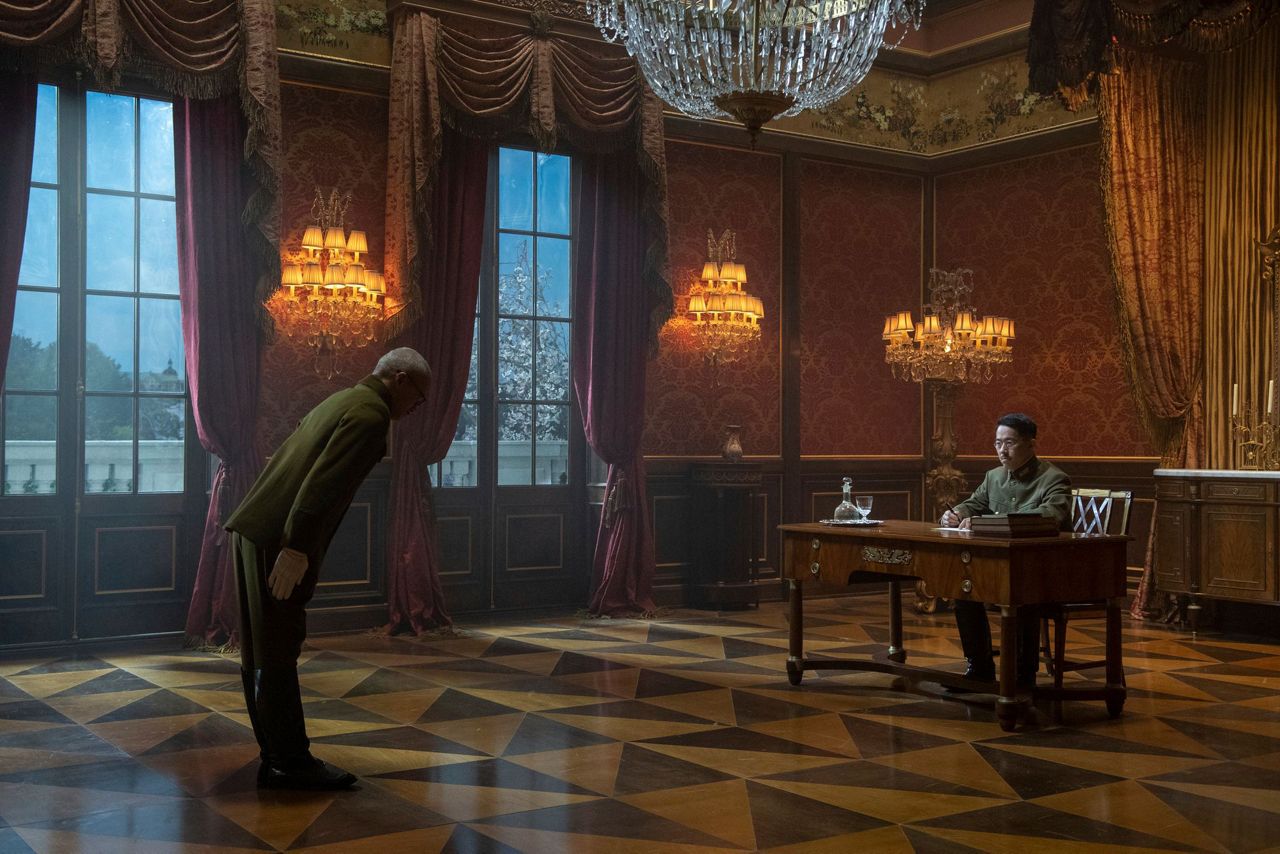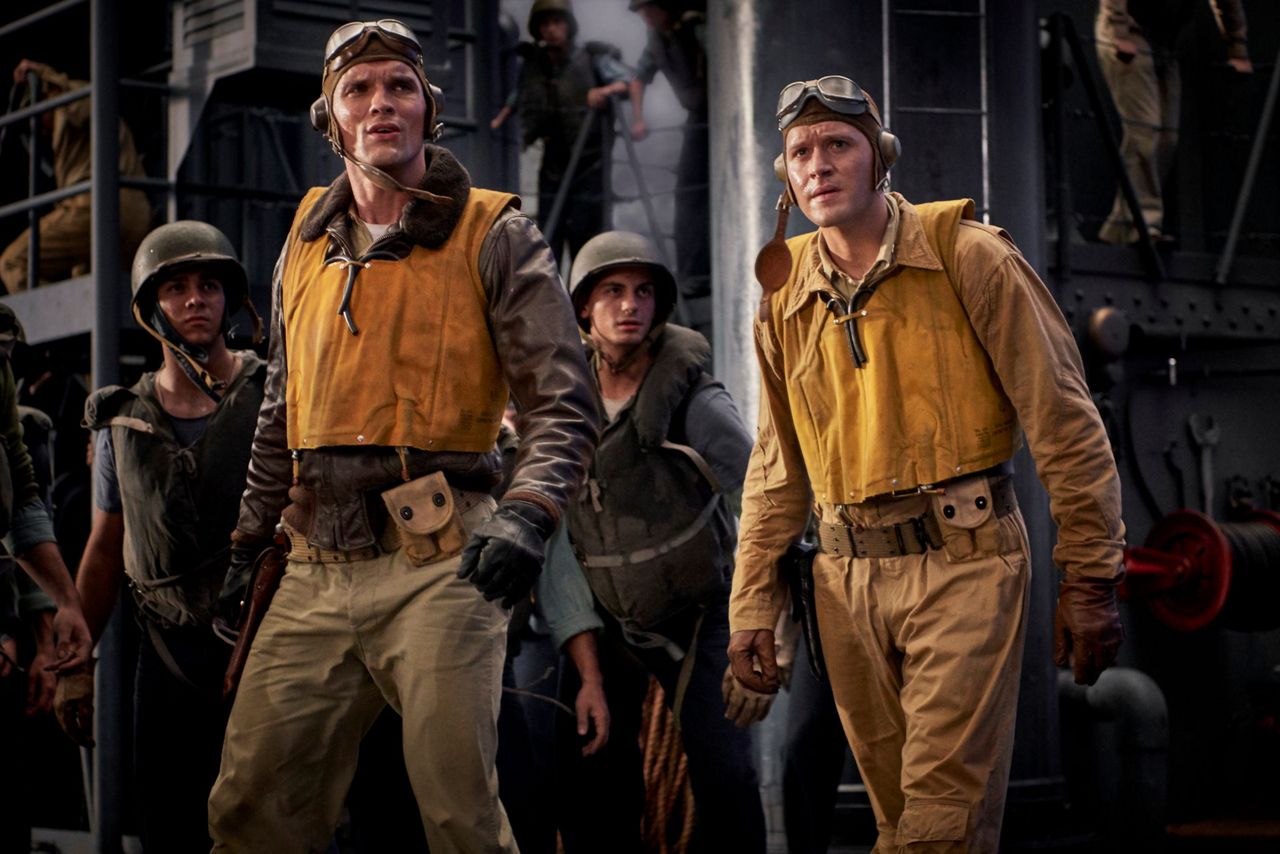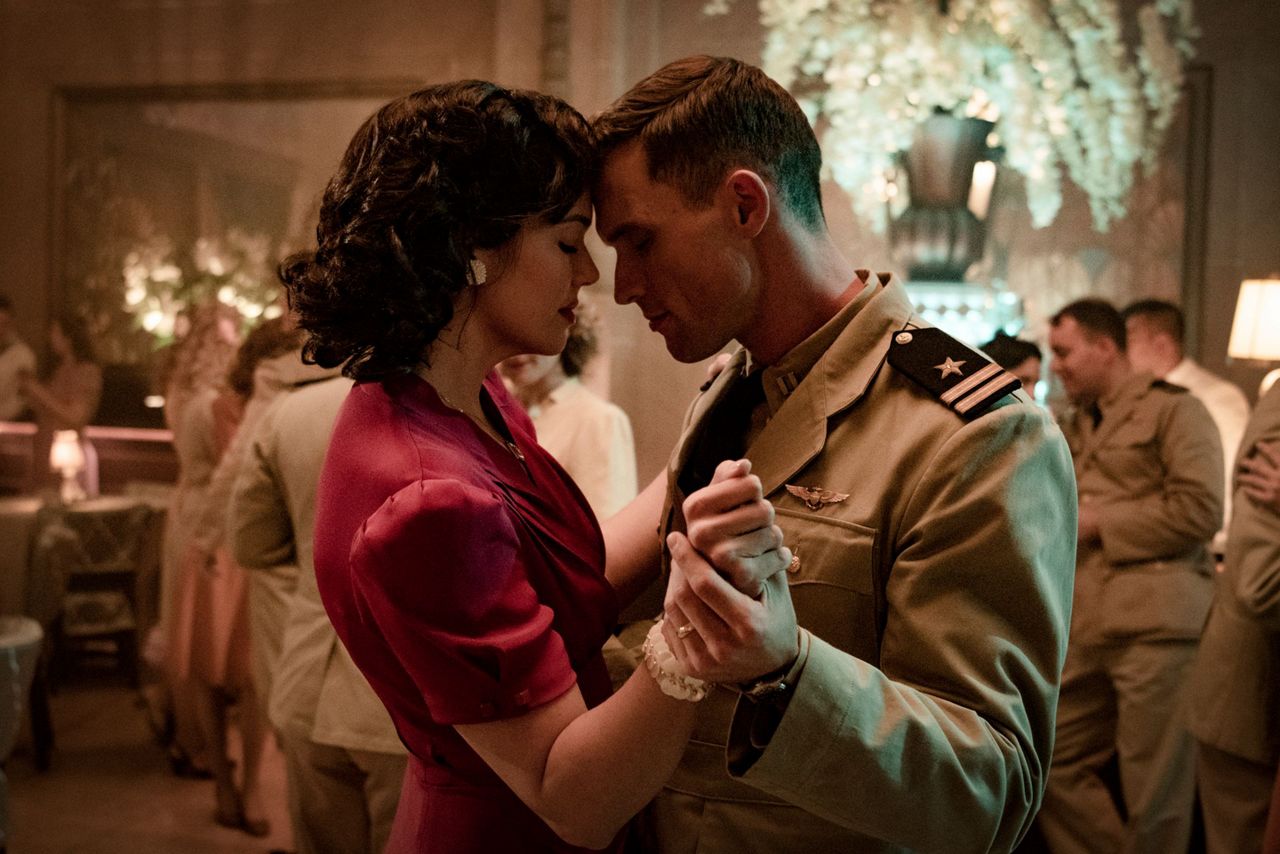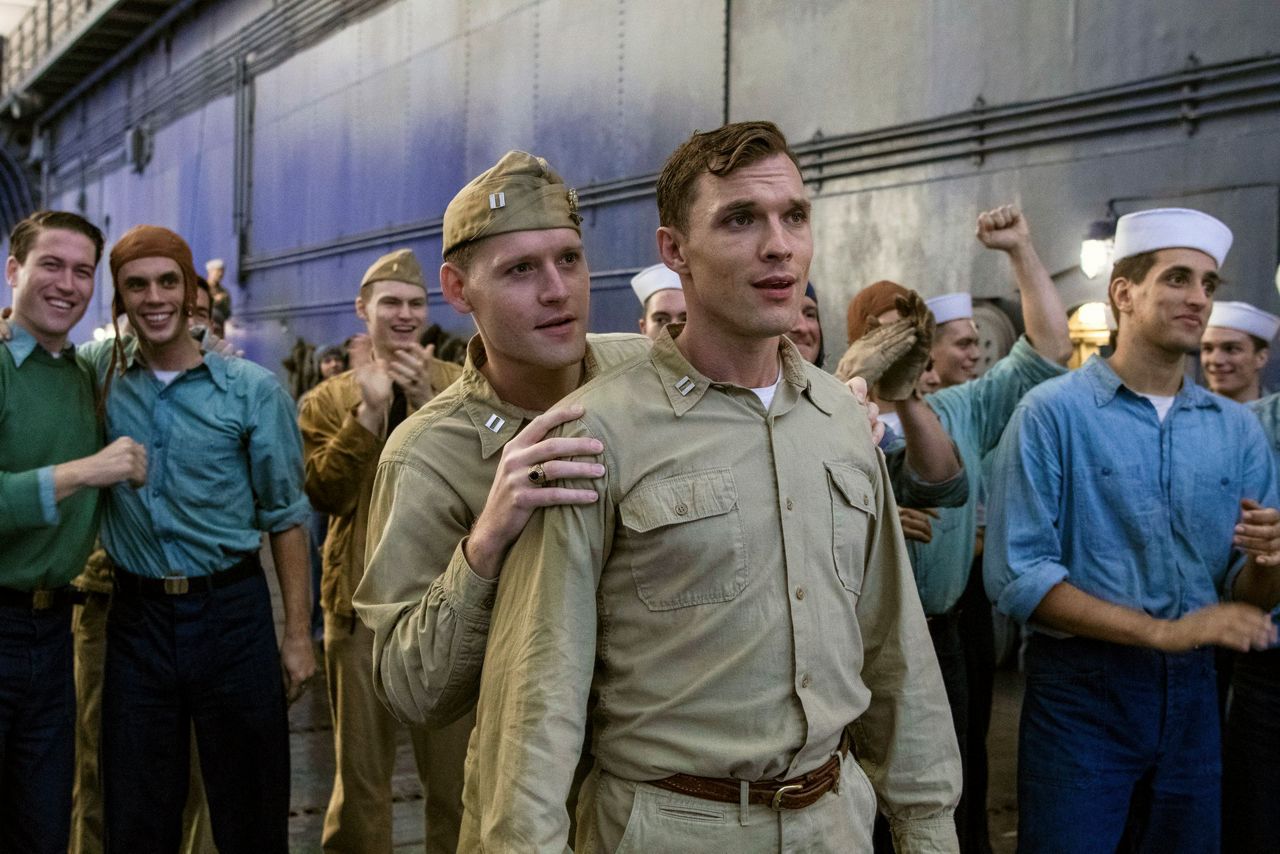The first thing director Roland Emmerich should do after his latest movie "Midway" hits theaters is apologize.
Apologize to the visual effects crew, the stuntmen, the carpenters, the costumers and artists. He has squandered their considerable visual skill in retelling the crucial World War II battle at Midway by melding some of the best action sequences in years with the most banal of words.
What's the point of scouring 1941 Navy regulations to ground the real-life characters in authentic military gear if they say stuff like this: "I guess every battle needs a miracle."
What's the point of locating the original blueprints of a gun, and then carefully recreating it, if the script calls for an airman to tell his pilot: "You fly like you don't care if we come home."
Emmerich has turned "Midway " into another of his films, "Independence Day," which was cartoony but worked because we knew it was over the top. Here, the director has taken real, living men who acted heroically and turned them into pulp comic strip characters. He might need to apologize to them the most.
Screenwriter Wes Tooke has apparently never seen a cliche he didn't want to embrace. His script is as textured and nuanced as an upbeat newsreel from the '40s. No, there's no young G.I nicknamed Brooklyn, but there are hotshot flyboys who stick their chewing gum next to a photo of their wives in the cockpit during dogfights.
Tooke's one-dimensional characters help the plot along by stating only the very obvious, like "If we lose, we lose the Pacific" and "This place is a powder keg." (Keep that last one in mind; stuff will blow up and it will be called foreshadowing.)
The Battle of Midway took place between June 4-7, 1942, and pitted Japanese Adm. Isoroku Yamamoto, architect of the raid on Pearl Harbor, against U.S. Navy Adm. Chester Nimitz. The U.S. had been stung by the sneak attack in Hawaii and were underdogs in the Pacific.
But the U.S. Navy, having cracked Japan's code system, anticipated Japanese naval movements and gained the upper hand. The battle ended Japan's aspirations of naval dominance in the Pacific and showed the Allies that victory was possible.
Like its cousin in WW II filmed failure, the Ben Affleck-led "Pearl Harbor," Emmerich has decided to tell this sprawling story using multiple characters, including showing the Japanese side. Hint: Everyone is brave.
In the actual battle theater are the brave, bad-boy bomber pilot Dick Best (Ed Skrein), the brave but more cautious Clarence Dickinson (Luke Kleintank), the downhome brave Admiral William "Bull" Halsey (Dennis Quaid), the swaggeringly brave Jimmy Doolittle (Aaron Eckhart) and the brave and cocksure Bruno Gaido (a mustachioed Nick Jonas, reaching the very limits of his acting skills).
You can instantly tell why these actors signed up. Jonas gets to shoot an anti-aircraft artillery gun at a plunging Japanese Zero and prove his courage. "That was the bravest damn thing I've ever seen. What's your name, son?" an awed officer says. Skrein, as Best, gets to be a daredevil pilot who is admired by everyone. "Men like Dick Best are the reason we're gonna win this war," says one awed pilot. Eckhart gets to strut about in a leather flying jacket and look awesome.
Onshore there are the brave intelligence officer Edwin Layton (Patrick Wilson) and the brave outside-the-box Nimitz (Woody Harrelson). The Japanese are elegant, contained and brave, too, especially Yamamoto (Etsushi Toyokawa) and Rear Admiral Tamon Yamaguchi (Tadanobu Asano).
Tooke has presumably met women in real life but really doesn't prove here that he knows how they think or speak at all. They, too, are brave — frustrated that their men are constantly working hard at saving democracy but understanding. (One nicely declares to her exhausted spouse: "I'll fix you a sandwich.") Mandy Moore, utterly wasted as Best's wife, says things like "I've never seen you this worried before" and "Come to bed." We're told she is a "firecracker." It is hard to believe this film came after "Saving Private Ryan" and "Dunkirk."
Credit to Emmerich and his filmmakers for telling this battle from the air, ships and underwater (we get to see the staff of the USS Nautilus submarine) and the images are striking — gut-twisting bomber runs and pumping ammunition. But once again, even in the face of this cinematic and real-life triumph, the dialogue is paper thin.
"We did it!" says a pilot at the end, after they obviously did it. Another, dropping ordnance onto a Japanese carrier, states the obvious: "This is for Pearl." ''Midway" might be a film best watched if you switch off the volume.
"Midway," a Lionsgate release, is rated PG-13 for "sequences of war violence and related images, language and smoking." Running time: 138 minutes. One star out of four.
___
MPAA Definition of PG-13: Parents strongly cautioned. Some material may be inappropriate for children under 13.
___
Online: https://midway.movie
___
Mark Kennedy is at http://twitter.com/KennedyTwits
Copyright 2019 The Associated Press. All rights reserved. This material may not be published, broadcast, rewritten or redistributed.




